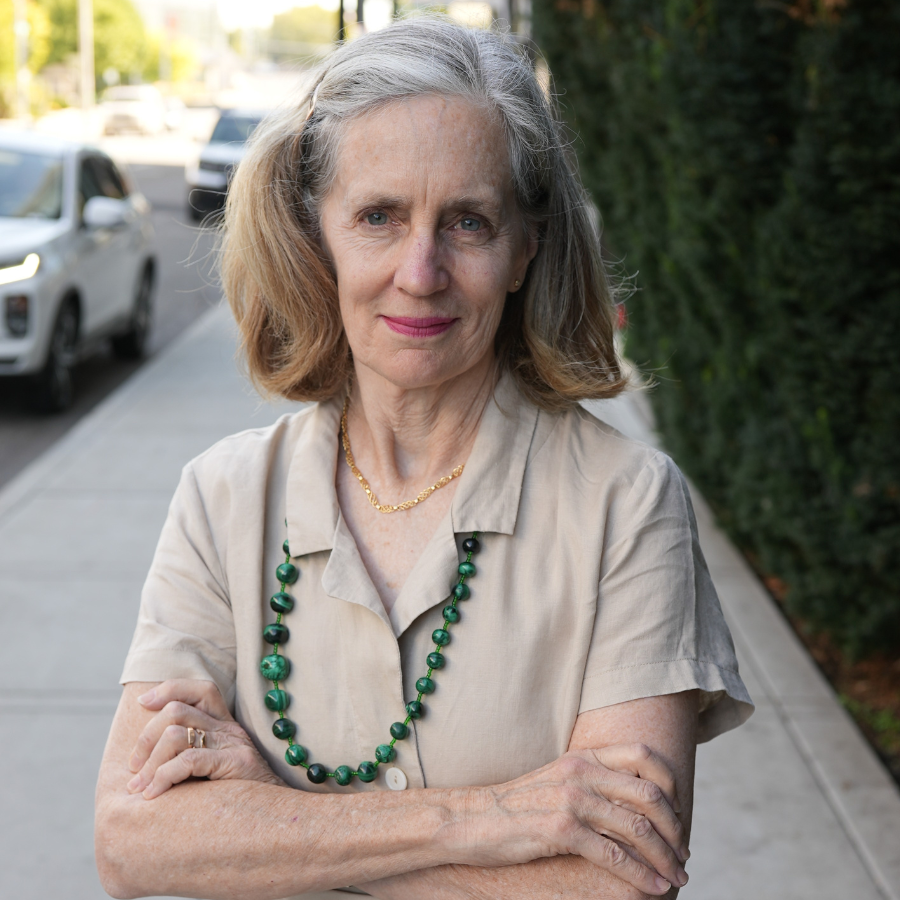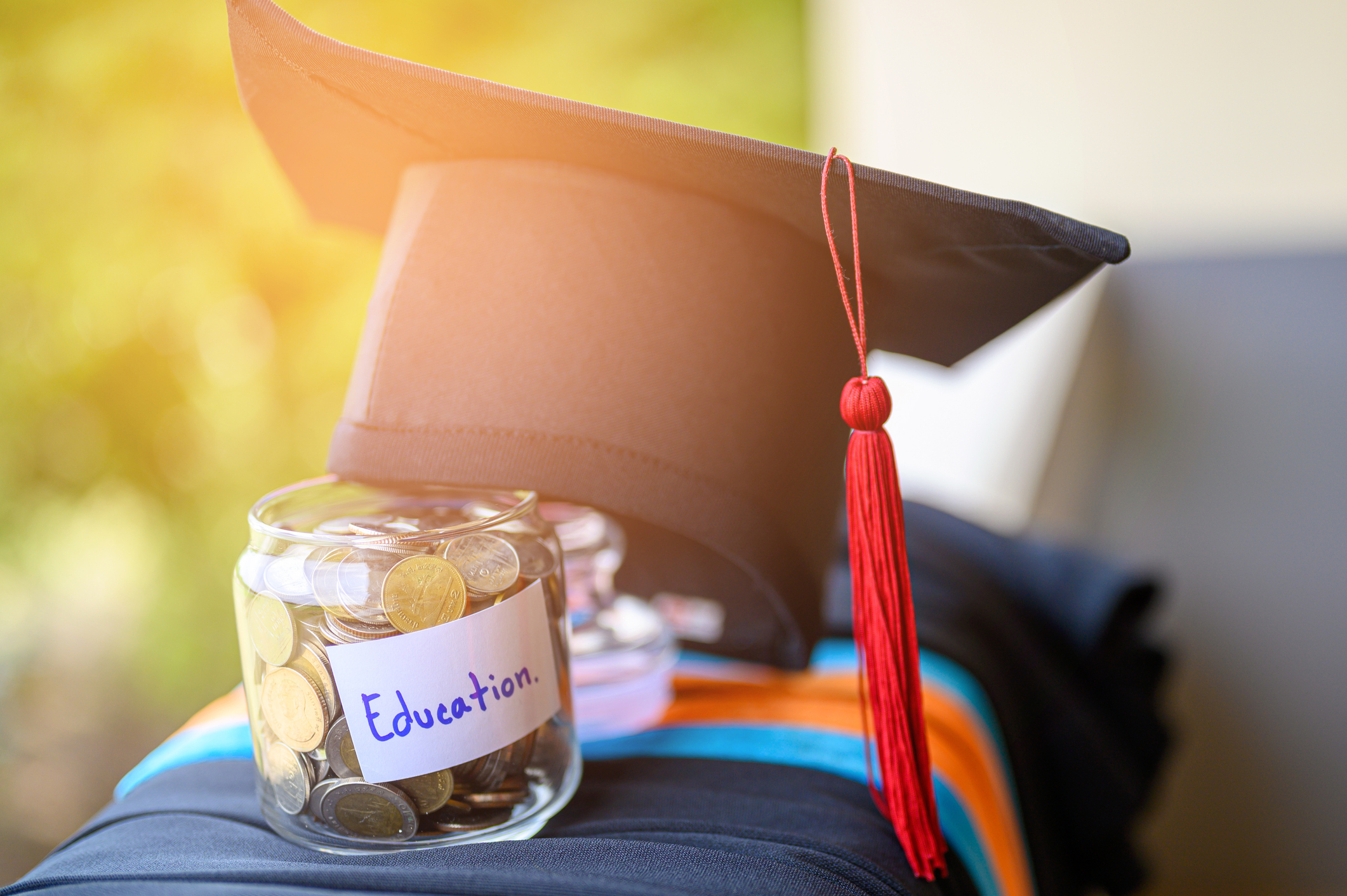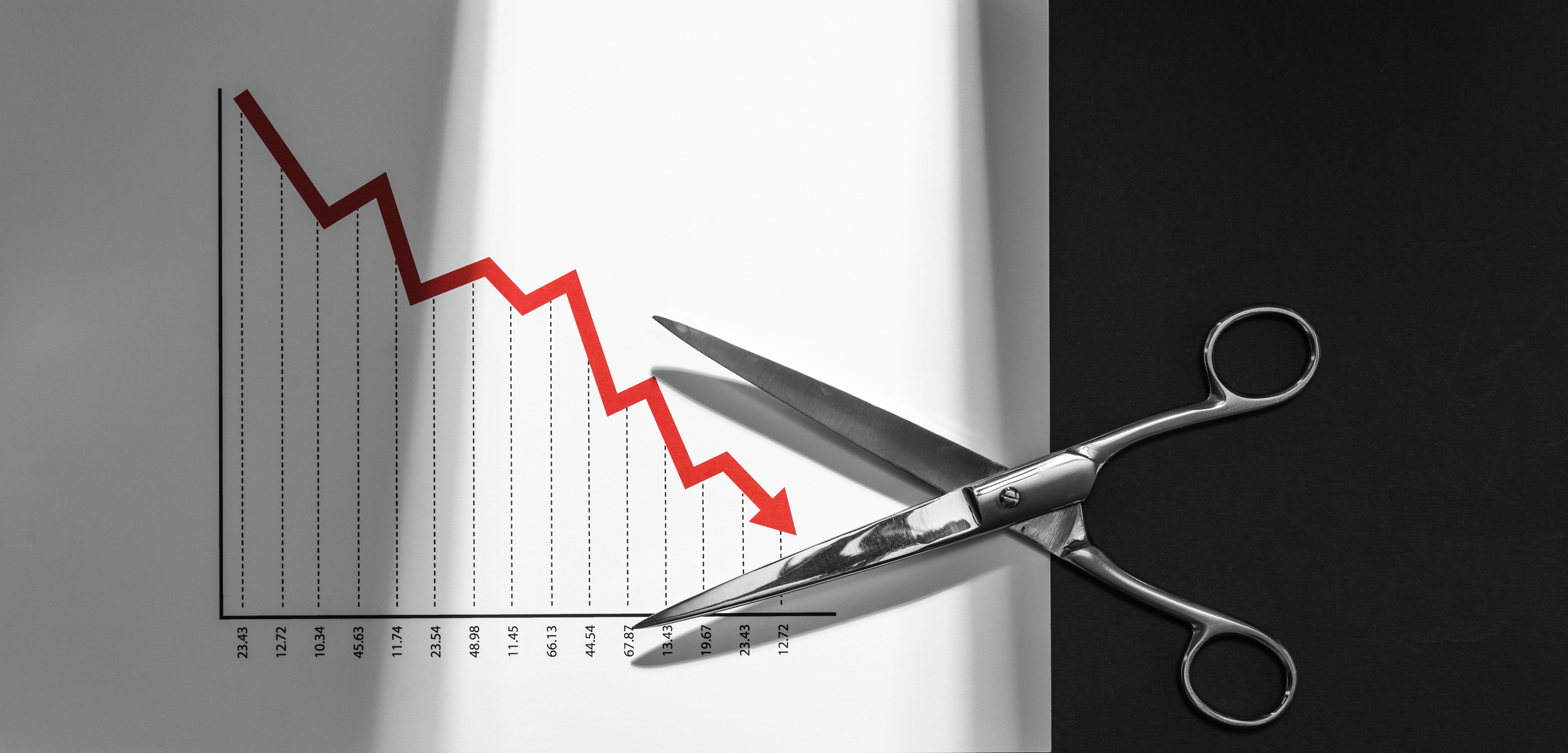School choice programs give families between $4000 and $8000 per student to cover the cost of private education. These programs provide families public assistance to select a private school if their zip-code assigned public school is not a good fit for their child.
In the last two years school choice has exploded across the United States. In 2019, private school choice programs in the U.S. served only 500,000 students, less than 1 percent of the nation’s school children. Today 20 million students nationwide, or 36 percent, can get public aid to cover the cost of private education, according to the organization EdChoice.
The extended COVID school shutdowns ignited this recent growth in programs that offer families access to a publicly funded private education. Caring lawmakers across the country sympathized with the plight of parents frustrated and angry when the public schools failed to meet the COVID challenge by failing to reopen the fall of 2020 and the spring of 2021.
In response to this frustration lawmakers increased the number of school choice programs and expanded their eligibility. Today 32 states, the District of Columbia and Puerto Rico offer families public dollars either in an Education Savings Account, a voucher, a tax credit scholarship, or by providing individual tax credits and deductions.
Ten states went even further by offering Universal School Choice, making every student eligible. These ten states are West Virginia (March 2021), Arizona (July 2022), Iowa (January 2023), Utah (January 2023), Arkansas (March 2023), Florida (March 2023), Indiana (April 2023), Oklahoma (May 2023), Ohio (July, 2023), and North Carolina (September 2023). Nearly one in five children in the country now live in a state with Universal School Choice.
Families in enlightened democracies around the world already see school choice as a right. Large proportions of students in these countries attend government-funded private schools: Australia (25 percent), Belgium (58 percent), Denmark (11 percent), France (16.8 percent), South Korea (21 percent), the Netherlands (76 percent), Spain (24 percent), the United Kingdom (30 percent).
Representatives Carolyn Eslick (R-Sultan) and Jim Walsh (R-Aberdeen) have introduced HB 1615 and HB 1093, to provide $11,000 and $12,000 per student, respectively, to cover the costs of a private education. Passing either one of these two bills would be a good first step towards joining the rest of the country and the world in providing school choice to families in Washington state.





